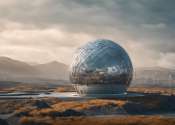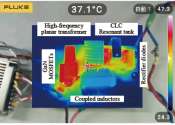Building the world's most durable hydrogen fuel cell
Researchers at The Hong Kong University of Science and Technology (HKUST) have developed a new hydrogen fuel cell which is not only the world's most durable to date, but is also more cost-effective, paving way for a wider ...
Jul 1, 2022
1
346









